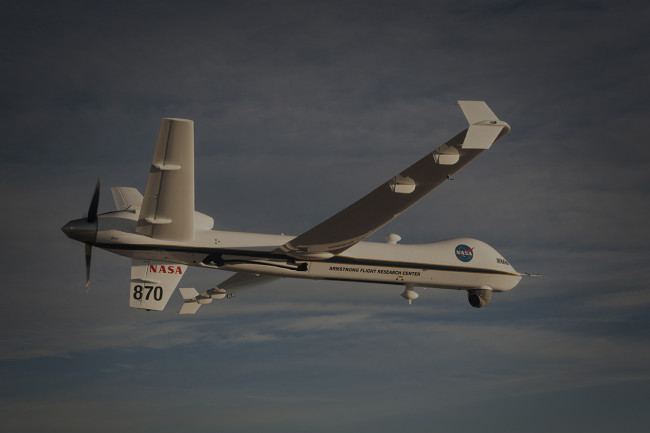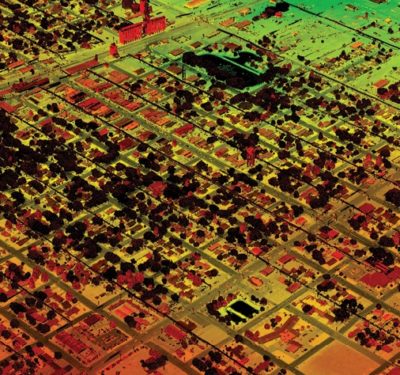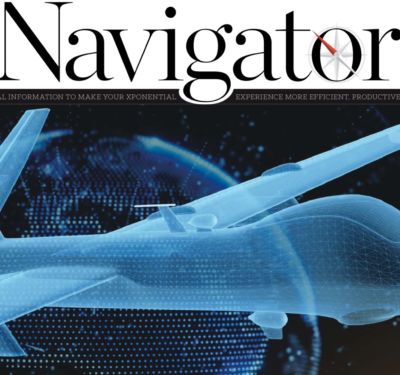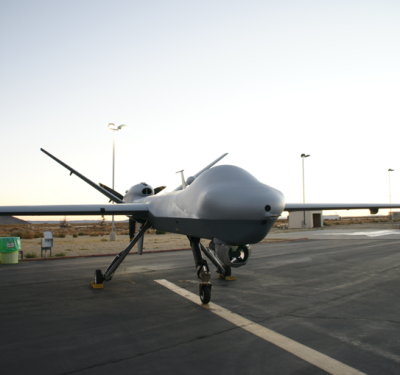
NASA
NASA is working to find a way for unmanned aircraft to routinely fly in the national airspace.
They recently continued testing a system that would make this possible, with flights continuing through July at NASA’s Armstrong Flight Research Center in California, according to a news release. These tests are part of the agency’s Unmanned Aircraft Systems Integration in the National Airspace System (UAS-NAS) project. NASA, the FAA, General Atomics Aeronautical Systems and Honeywell International are all participating in the project.
The tests are a third in a series and will build upon successful experiments conducted late last year, according to the release. Those tests demonstrated a proof-of-concept sense-and-avoid-system. They engaged the core air traffic infrastructure and supporting components through a live and virtual environment, demonstrating how autonomous aircraft interacts with air traffic controllers.
The latest tests mark the first them researchers are flight testing all the technology developments from the project at the same time, according to the release.
This series of tests is made up of two phases, with the first focused on validation of sensor, trajectory and other simulation models using live data. The team will use the Ikhana aircraft for some of the tests. The Ikhana is equipped with an updated sense-and-avoid system that includes a new traffic collision avoidance program and other advanced software from Honeywell.
The S-3B plane from NASA’s Glenn Research Center in Cleveland will be used for other tests, and will act as a high-speed piloted surrogate aircraft, according to the release. During both types of testing, other aircraft following scripted flight paths will intrude on the autonomous craft’s path. The UAS will either issue an alert or maneuver out of the other aircraft’s way.
The first test on June 17 lasted a little more than five hours, according to the release. The Ikhana had 14 encounters with the Honeywell-owned Beech C90 King Air. Over the course of the first phase of this series of testing, the team plans to fly more than 200 encounters.
“Our researchers and project engineers will be gathering a substantial amount of data to validate their pilot maneuver guidance and alerting logic that has previously been evaluated in simulations,” said Heather Maliska, Armstrong’s UAS-NAS deputy project manager, according to the release.
The second phase of the third test begins in August, according to the release. These tests will include a T-34 plane with a proof-of-concept control and non-payload communication system. The project team will evaluate how well the systems work together. The aircraft will have an onboard safety pilot and will fly an operationally representative mission in a virtual airspace sector complete with air traffic control and live virtual traffic.






